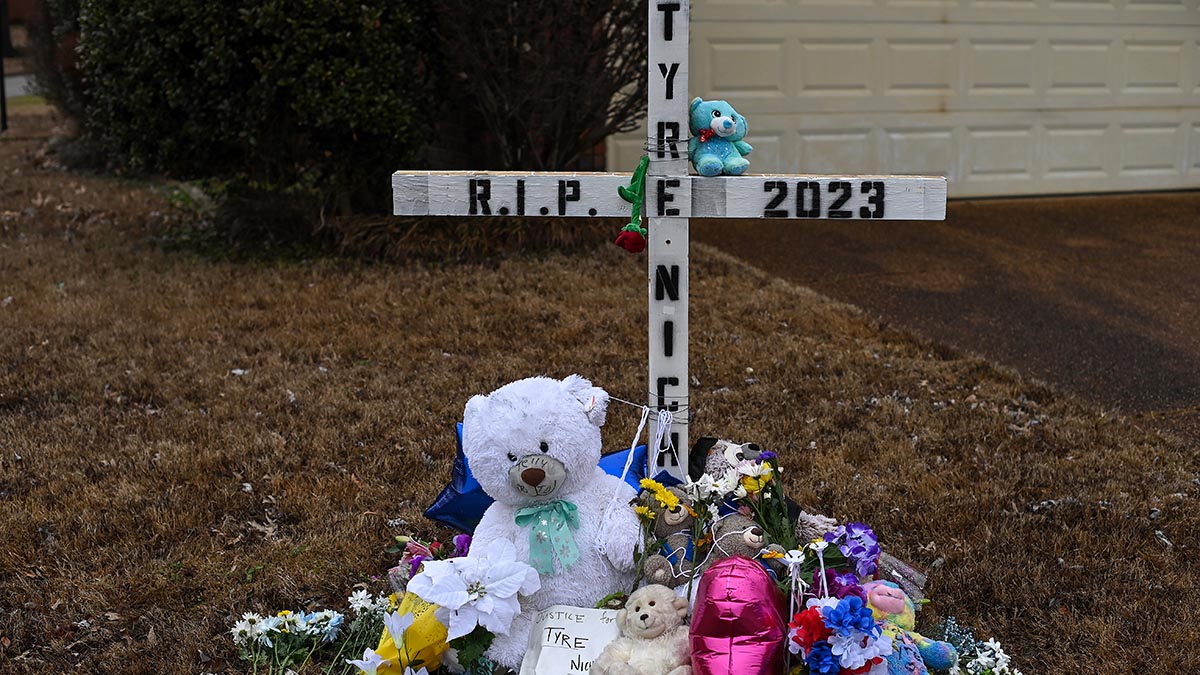As widespread heatwaves hit cities across the U.S., the best protection against the sun and UV rays is sunscreen.
Every day, about 9,500 people are diagnosed with skin cancer in the United States, adding up to nearly 3.5 million people every year, according to the American Academy of Dermatology Association. The AADA also says skin cancer is the most commonly diagnosed cancer in the country.
So how much sunscreen should you really use? And how often should you reapply it? Here's what to know.
What does a sunscreen's SPF rating mean?
Get top local stories in Southern California delivered to you every morning. Sign up for NBC LA's News Headlines newsletter.
According to Hopkins Medicine, a sunscreen's sun protection factor or SPF is a measure that tells you how many harmful ultraviolet rays the cream absorbs or reflects away from your skin.
Contrary to popular belief, an SPF rating is not an indicator of how long you can stay out in the sun before protection wears off, rather it indicates how much longer it takes skin with sunscreen to start to redden compared to without it, the FDA notes.
For day-to-day use, Hopkins Medicine recommends using sunscreen with an SPF of 30 or higher. However, if you spend time outdoors, such as at the beach, an SPF of 60 or greater might be better for you.
U.S. & World
News from around the country and around the globe
What is the difference between UVA and UVB rays?
According to the FDA, UVA rays are one of the strongest types of ultraviolet radiation coming from the sun. UVA rays go deeper into the skin than UVB, and cause skin aging, age spots and wrinkles.
UVB rays meanwhile are the ones that produce sunburns. Most of these rays are absorbed by Earth's atmosphere.
UVA rays have the longest wavelengths, followed by UVB, and UVC rays which have the shortest wavelengths. While UVA and UVB rays are transmitted through the atmosphere, all UVC and some UVB rays are absorbed by the Earth’s ozone layer. So, most of the UV rays you come in contact with are UVA with a small amount of UVB.
Who needs to wear sunscreen?
The FDA recommends anyone over the age of six months use sunscreen with an SPF of 30 or higher.
Due to the greater risk of developing rashes and side effects, the agency does not recommend children under 6 months old to use sunscreen. Instead, it recommends limiting their sunlight exposure between 10 a.m. and 2 p.m and using protective clothing in case of direct sun exposure.
How much sunscreen should I apply?
Probably more than what you're currently applying.
According to Hopkins Medicine, about 1 ounce of sunscreen covering your palm is enough to protect your face, neck, arms and legs. To protect your face and neck, meanwhile, HM recommends about a half teaspoon.
How often should I reapply sunscreen?
According to the FDA, how often you should reapply boils down to the SPF rating of your sunscreen.
Since an SPF rating indicates how much longer it takes skin to begin to burn with sunscreen applied compared to how long it takes to start reddening without it, the lower the SPF is, the more often it's recommended to reapply.
In general, the FDA recommends reapplying sunscreen every two hours or more often if you're sweating or swimming.
Should I use sunscreen indoors?
Yes. Even if you are inside, dermatologists recommend applying sunscreen.
Because UVA rays do not get absorbed by glass, it is recommended to apply sunscreen if you're next to a window, use a digital screen or are inside your car. However, you may not need to reapply sunscreen as frequently until you step outside, Hopkins Medicine writes.
Should I use sunscreen at night?
No. While sunscreen is effective at blocking UV light from the sun, its SPF molecules could create larger pores in your skin if worn at night so it is important you wash it off before bedtime and use night cream instead.



